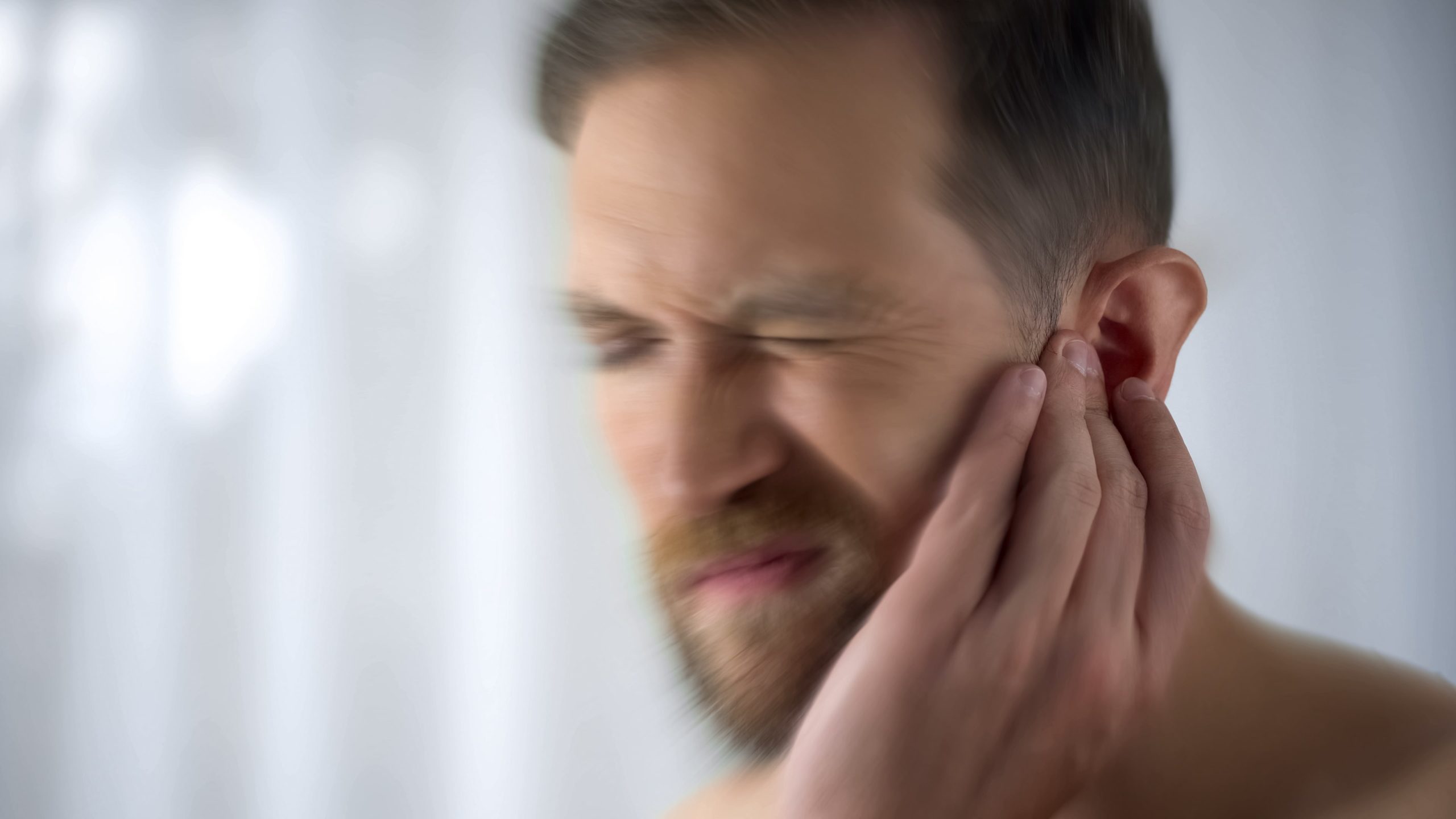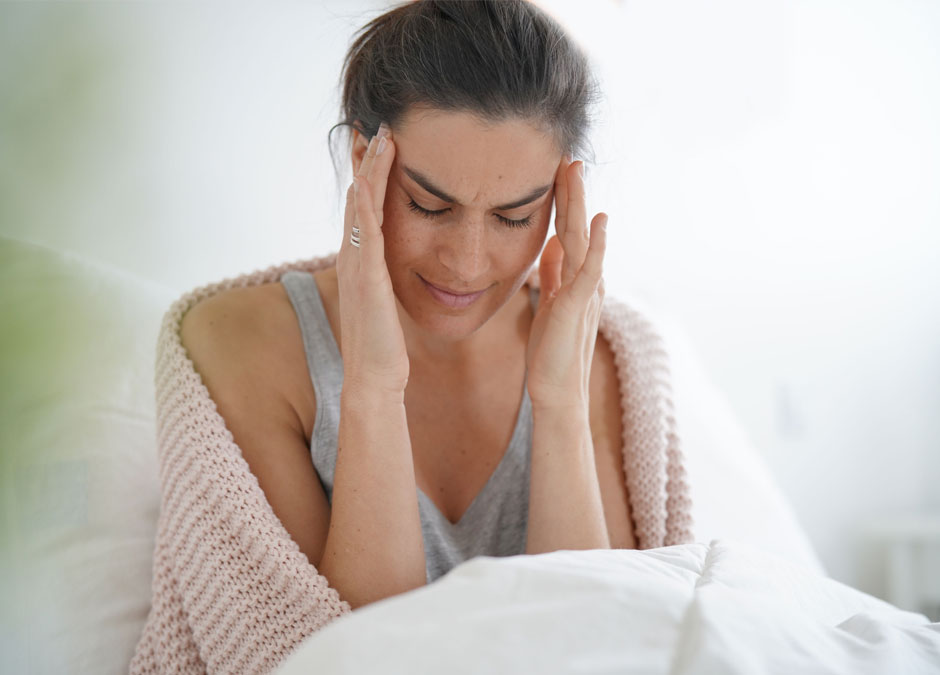(Headache 2011;51:923-931)
Abstract:
Sex and gender differences in humans are being increasingly recognized not only in experimental pain paradigms but also clinically. Women experience various chronic pain conditions such as headache more than men and evidence differences in pain threshold and pain tolerance experimentally. In addition to biological underpinnings, psychosocial factors such as gender and social role expectations, coping strategies, and affective variables likely contribute to observed sex- and gender-related differences in headache. The present narrative reviews and summarizes extant literature pertaining to these psychosocial factors. Gender and social role expectations and coping styles differ between men and women who experience headache and pain, in turn affecting differences in responding to pain. Epidemiologic findings that women have higher rates of headache-related disability and psychiatric comorbidity have not been replicated regularly among treatment-seeking headache samples. Awareness of these differences may stimulate further research and enhance therapeutic opportunities for headache patients.
Article:
Epidemiologic studies show rather consistently that women suffer more from chronic pain conditions than men, report more severe and frequent pain, and see health care providers more often for pain than men do. Whereas low back pain has a relatively similar prevalence between men and women, women experience higher rates of neck pain, musculoskeletal pain, fibromyalgia, and pain associated with multiple sclerosis and cancer than men. Few pain conditions exhibit such a striking sex discrepancy as headache disorders. Epidemiologic studies consistently document that migraine is 3 times as prevalent in women than in men (17-18% vs 5-6% 1-year prevalence, respectively), and that this discrepancy is most pronounced during early and middle adulthood. After menopause, this difference decreases, but never again reaches unity. Similar gender differences exist in most other common headache disorders except cluster headache, which is nearly 4 times more common in men than women.
Female sex has been associated with various headache-related factors such as headache severity, progression, and disability. In a large epidemiologic study of headache, Celentano and colleagues observed that women reported higher headache severity and attack duration than men did. Guidetti et al studied the evolution of headache in childhood and adolescence and found that childhood headache was most likely to remit in males. Although some population-based studies have produced equivocal findings regarding disability, others have found that headache is associated with greater disability in women than men, particularly when considering disability related to both work absences and interference with activities of daily living As 1 exemplar, Hu et al reported that female migraineurs needed 5.6 days of bed rest per year related to headache attacks while men needed only 3.8 days on average. Women also spent longer periods of time in bed (6 hours vs 4.5 hours for men per attack) and reported more workday loss and more functional disability as shown by “presenteeism” (ie, reduced functioning while at work). However, studies of headache patients in clinical settings (with varying International Classification of Headache Disorder [ICHD] diagnoses) have shown the opposite pattern, wherein men report more headache-related disability than women. These studies also found that men and women evidenced similar headache characteristics (symptoms, frequency, severity) and underscore the importance of attending to sex differences between population-based and treatment-seeking samples.
Meta-analytic reviews of experimental pain studies confirm that women display greater sensitivity to noxious stimuli than men; they provide higher ratings of pain and have both lower pain tolerance and pain threshold than men. This trend holds regardless of the nature of the pain stimulus (eg, pressure, thermal, electric), although sex differences appear most pronounced in studies employing pressure or thermal pain stimuli. The issue is complex and complicated by variations in research methodology, but undoubtedly women and men experience pain differently both in and outside of the laboratory. Some of these sex differences are at least partly attributable to differences in anatomy, genetics, and sex hormones (as described in the accompanying articles in this issue). However, a full understanding of sex differences in pain necessitates recognition of the interaction of biological factors with psychosocial factors such as gender and social role expectations, coping styles, and affective correlates of pain. This biopsychosocial perspective affords a fuller understanding of the inherent inter-individual variability that exists in experiencing and responding to pain.
Dr. Stan Farrell has extensive training in identifying and treating various types of headache and chronic pain. As indicated in this study, gender and psychosocial roles play a big part in pain. Men and women have different ways of coping with pain, often identified as emotion focused or problem focused. At AZ TMJ, we not only help with the cause of your pain, but can help identify your various triggers and coping strategies. Call and schedule a consultation with Dr. Farrell, 480-945-3629. www.headpaininstitute.com



